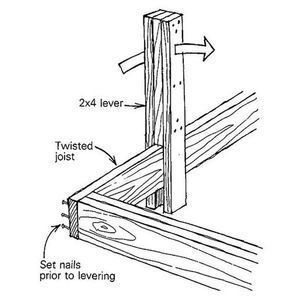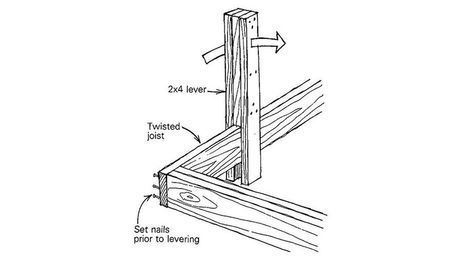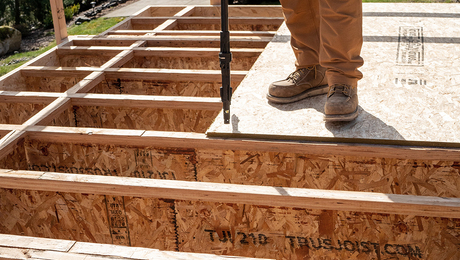What's the Difference: Carpeting
Nylon fiber carpet is more resilient and easier to clean, but you just can't beat the softness of wool
Wool vs. nylon
The U.S. carpet industry shipped nearly 2 billion square yards of carpet in 2001, about two-thirds of it made with nylon fiber, the most abrasion-resistant fiber that the industry uses. It is also highly resilient, easier to keep clean, more stain-resistant than wool, and easier to dye, so it comes in more colors. It’s also available in more textures and patterns than wool carpeting. Nylon can be processed to have a soft look and feel without having a plasticlike shine.
Wool has been used in carpets for thousands of years. Although it’s not as abrasion-resistant as some synthetic fibers, wool is a naturally resilient material that wears well and is soft underfoot.
Wool used in carpeting comes from special breeds of sheep that produce a fiber coarser and thicker than wool used in apparel. Although there are wide price variations in carpeting, wool carpet is generally more expensive. A good grade of nylon carpeting costs $2 to $2.25 per sq. ft. uninstalled. Wool carpeting starts at $3 to $4 per sq. ft. and can go much higher.
Both nylon and wool carpeting last a long time. “Most people change the carpets in their houses every eight to 10 years for design reasons,” says Barbra Wilson, technical-information manager for the Carpet and Rug Institute. “Carpet doesn’t wear out; it uglies out.”
Nylon
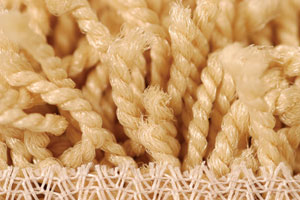

Wool
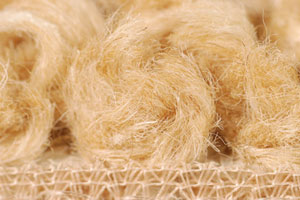
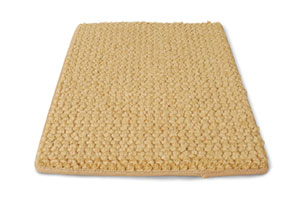
Photos: Scott Gibson





